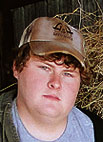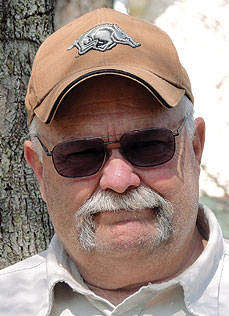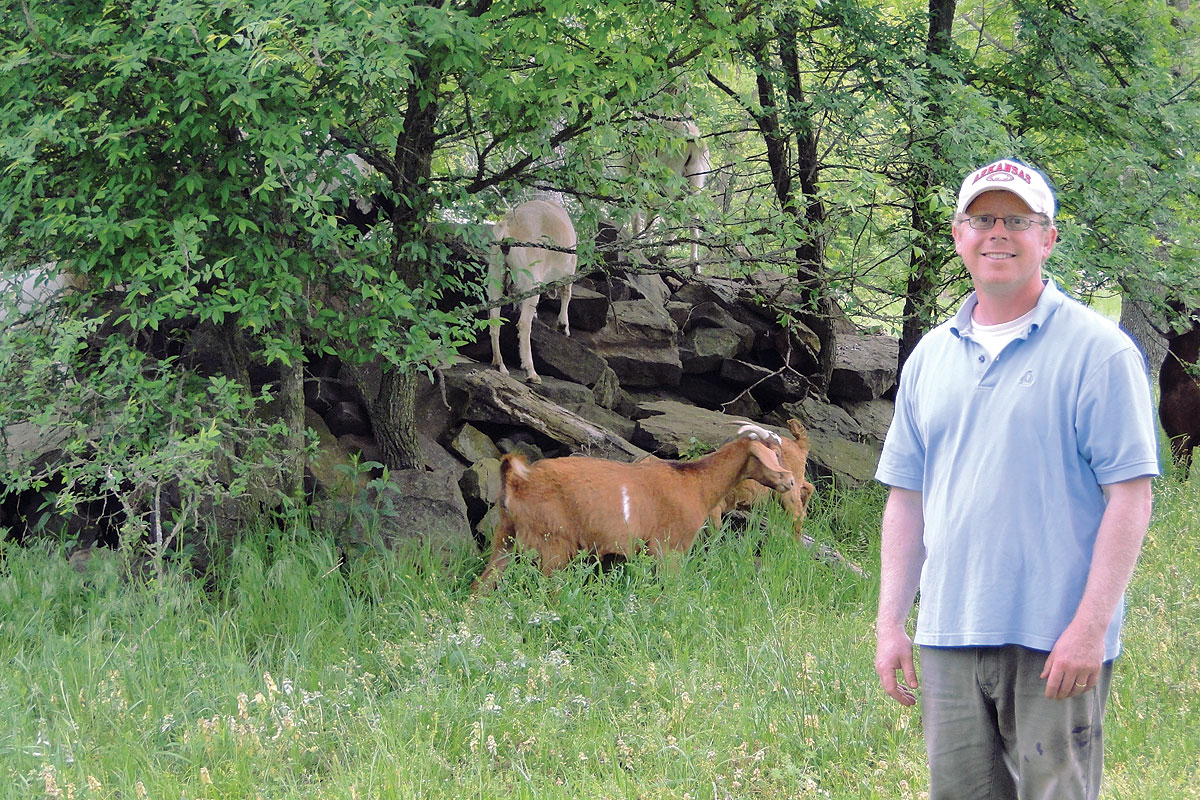
Austin Wilkerson may only be 20 years old and pursuing a degree in ag education at North Arkansas College with the intent of transferring to Arkansas Tech to finish his degree, but he is definitely a knowledgeable and experienced show goat farmer. He attends class five days a week though sometimes only for an hour and a half and spends the majority of his time with goats. The young Harrison, Ark., resident owns no land as of yet but already has an enviable show goat business called A&A Show Goats in partnership with Austin Evans who is also in college but a year younger. They rent several locations for raising their herd.
Austin’s career is twofold. One part is buying and selling goats on a contract basis and the other is raising and selling show goats that are a Boer/Ibex cross. During a typical month Austin will drive over 800 miles going to various goat sales to purchase and sell goats on a contract basis after being given a set price. Anything over that price is his profit as well as $5 a head for others with Austin purchasing 20-50 head per week. Austin said, “The Harrison goat sale is the third Friday every month and the best sale around bringing in buyers from all over. This business is who you are and who you know. The Harrison sale has provided me with good contacts, and almost all the goats that I buy end up in Pennsylvania, one of the leading goat centers in the country.”
The breeding side of Austin’s business includes both live breeding and embryo transfers. The Boer/Ibex cross was started by a Texan who believed the wild goat native to the northern European Alps would provide excellent traits. The highly successful cross has become a powerful influence in the show ring. This year, after carefully studying the Internet and genetics, Austin and his partner purchased a $5,000 Boer buck, a purchase made possible by an increasing reputation gained by placing well at the Arkansas State Fair for years and most importantly last year placing second at a national show in Kansas City, Mo. The win in Kansas City brought phone calls and increased sales for increased prices. Austin said, “Our buck comes out of the Mighty Mouse line originally from Texas that goes back many successful generations with excellent genetics. We had made previous contacts and were the first called when Missouri owners were ready to sell our buck named Cruise.”
Obviously, show goats are an expensive business. For the live breeding side, Austin has 25 to 30 does bred to this new buck. The plan is to keep 100 percent of the new doe kids and breed them to another buck they hope to soon purchase. Producing a high-quality live breeding herd will help bring down breeding costs because embryo transfers, the other part of their breeding business, is very expensive. It is based on a traveling embryologist who comes to the area after he has a number of breeders signed up for his services. One ET costs over $1,000 and is part of a complex process.
“The process begins with laparoscopic AI using semen we purchased at $500 a straw. After a week of development, embryos are flushed out of a donor doe with our donor does costing as much as $2,500. The embryologist then sorts the embryos for viability. Using a microscope, the embryologist looks through one small incision and implants embryos on both sides of an ovulating uterine horn through another incision in the recipient doe that will pass none of its genetics on to the embryo. Consequently, the recipient goats are usually a Keiko, Spanish milk stock cross because they provide large amounts high-quality nutrition and good maternal traits,” explained Austin.
Expectant mothers are fed a more reduced protein diet for the month preceding birth in order to keep birth weights down. Then the mothers receive high-protein feed and the kids rely on milk for the first month. Next the kids are fed a high-protein creep feed for one month until they are weaned. At that point, feeding is controlled according to body weight. Austin is particularly fond of using a “V” hay feeder, which is high enough so the goats have to reach to get the hay which both conserves the hay from spoilage and promotes natural exercise.
Austin said, “In the next couple of years we hope to have 100-head in our live breeding program and to continue successfully competing on the national level which will increase our public exposure and therefore our business. A national champion producing buck can bring up to $300,000.”







